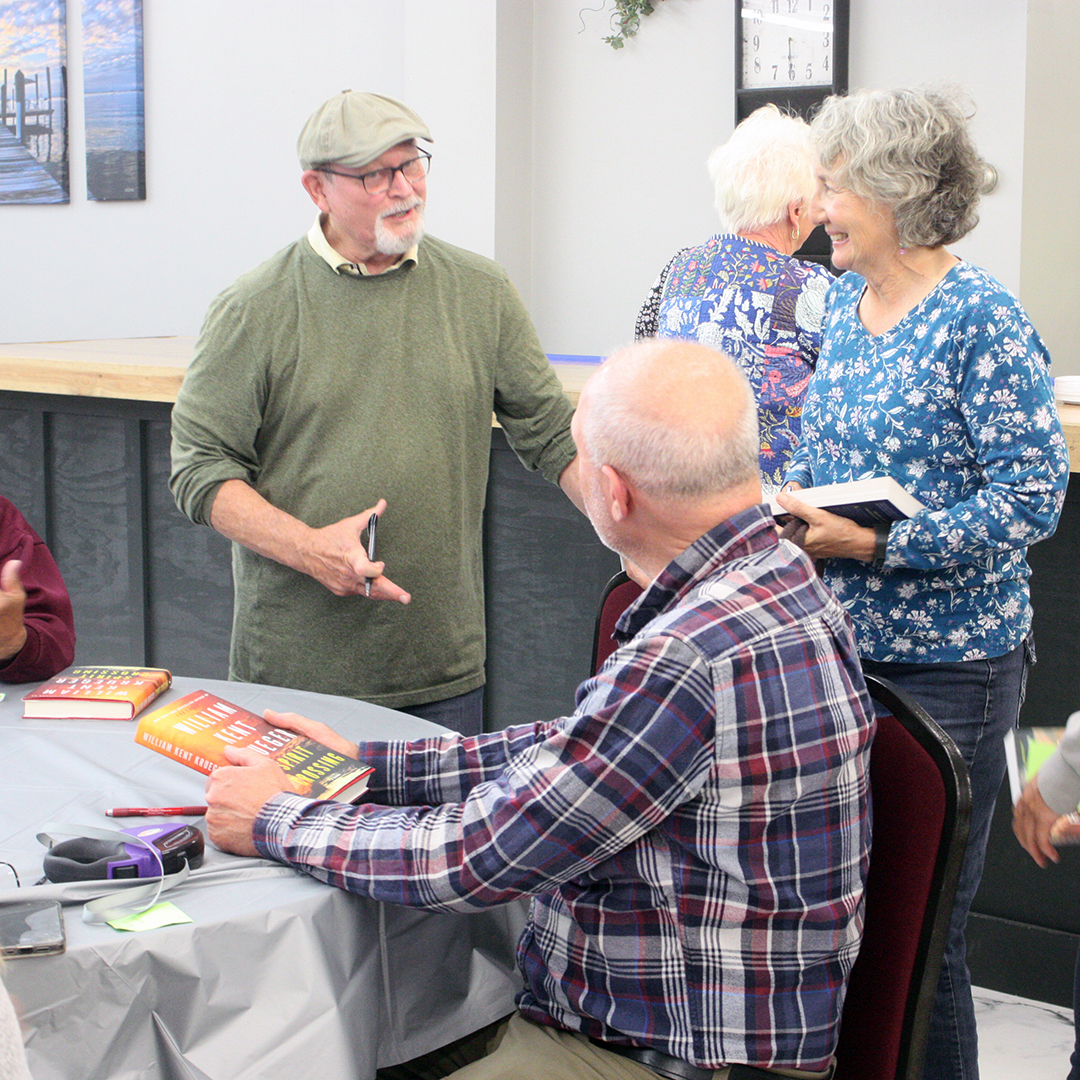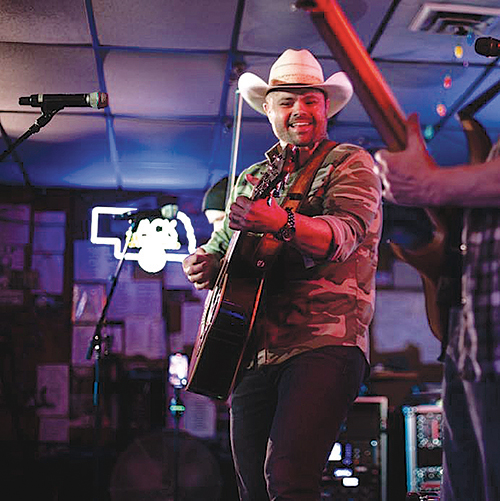Fire,
from p. 4
be forgotten by the people of Spencer.
The trains were somewhat delayed as the rails were badly warped where the fire passed. The telegraph wires were also down, but were soon repaired and an instrument placed in the Blackstone house.
We have interviewed some of our citizens who were burned out and in answer to the question, are you going to rebuild?, the reply has been yes, in most instances. Many will not rebuild so long as the weather keeps on as dry as it has been during the past season, but as soon as all is favorable we will expect to see buildings going up on the site of those that are now smouldering in ruins.
The records of the town were saved.” The Tribune article also included a list of losses totaling $122,780. This included all buildings, but not all personal losses were known. There was $37,600 total in insurance listed. Few businesses were completely covered, and most residences had no insurance.
P. A. Thayer saw the greatest fiscal loss, with $40,000 of lumber and logging implements destroyed. He had $10,500 in insurance.
The fire understandably caught the attention of surrounding communities, as well as the region at large.
The Aug. 9, 1886, Winona Daily Republican reported the following: “The village of Spencer, nine miles north of (Marshfield), was three-fourths destroyed by fire on Sunday-all but one street and a few houses. The fire caught from the woods. The Wisconsin Central depot, water tank, two churches, public school, Clifford & Thayer’s two saw mills and about fifteen million feet of lumber were destroyed. About sixty families are homeless.”
The Aug. 12, 1886, Wood County Reporter reprinted a dispatch it received from Spencer on the Sunday of the fire, which stated, “At about 12 o’clock to-day the fires that have been raging in the woods for some days, with the assistance of a stiff southwest wind, caught in the sawdust in the village limits, which was a warning for everyone to move out and everyone did move out at once, without waiting to carry much of their property, for there was no time to lose. There was very great excitement as it was seen that the town was doomed.”
Later in that same article, the Reporter stated that forest fires had also broken out around the same time in the towns of Colby and Prentice; however, Spencer suffered the heaviest damage, having been “entirely reduced to ashes.” That article estimated the total damage done by the fire at between $200,000 and $300,000.
As devastating as the fire was, local communities stepped up to help Spencer recover, with Marshfield in particular playing an important role.
The following notes on the fire were clipped from the Spencer Tribune of Aug. 13, 1886, and reprinted in the Marshfield Times: “Superintendent Findorff was in town Tuesday and contributed $10 for the fire sufferers.
Several large packages of clothing for the fire sufferers arrived from Marshfield Tuesday. Spencer is to be congratulated upon having such kind neighbors.
Charles Schilling of the Marathon county poor committee dispensed $175 in orders among those who were left destitute by the fire. A good deed deserving commendation.
J. K. Hayward lost nine sheep Tuesday morning which owing to the fact of the fences along the track being down, wandered upon the railroad track and were killed by the engine.
John Gardiner will occupy the Hagan building and will put in a stock of goods as soon as possible. His store building will be rebuilt and of brick, all of which is just as we like to see it.
We may expect something in the way of a depot that we need not be ashamed of. Considerable work in the way of rebuilding will have to be done at this station by the railroad company.
The first buildings to rise from the ashes were those of Rudolph Oettel and C. Stoltenow. They are not built on a grand scale, but answer the purpose for dispensing liquid refreshments.
J. K. Hayward’s house, barn and other buildings were not burned, although in imminent danger. His grain fields are also safe as is testified by the fine samples of spring wheat left at this office.
The following resolutions were adopted at the meeting of the citizens held Tuesday: Whereas—Our village being sadly stricken by fire Sunday, leaving many homeless and destitute whose wants were so kindly provided for by the kind hearted Mayor and citizens of Marshfield at that time, and the proffers of aid from Wausau, Mannville, McMillan, and other places, which assistance will tend to alleviate the present want of our citizens, be it Resolved:––That the thanks of the citizens of this village be unanimously tendered to the above named cities. Com.”
Less than a year after the Great Spencer Fire, Marshfield suffered a large blaze and the Spencer citizens returned the favor, with a group of volunteers riding the locomotive and caboose that had been sent from Marshfield for aid back to Marshfield to help fight the fire.
Although Spencer did not die out as many lumber towns did after experiencing such a calamity, the fire marked the beginning of the end of the lumber business in Spencer. That in turn gave rise to other businesses to meet the needs of the community, including building materials.
A brickyard, located in the northwest part of town (Kenyon’s field) is reported to have been started by a Mr. Kuethe. Herman Andre was in charge of managing the operation, which provided employment for many and supplied the bricks for many early structures.
By 1884, an issue of the Tribune mentions the names of Kuethe and Tittle as owners of the business. Shortly thereafter Charles Stoltenow purchased the brickyards and he managed the operation for many years.
Following the disastrous Spencer fire of 1886, many new buildings were constructed of bricks from Stoltenow’s yard. Many merchants opted to rebuild on Clark Street, further away from the railroad tracks and passing engines whose exhaust sparks could ignite a building.
As the generation that actually witnessed the Great Fire died off, the village found ways to keep the memory of the event from fading away.
The village of Spencer held a celebration event on Aug. 7-9, 1936, in conjunction with the annual carnival and harvest festival held by the Spencer Fire Department, to commemorate the 50-year anniversary of the fire and the establishment of Spencer 63 years beforehand. More than 5,000 people attended the village’s homecoming celebration the Saturday of that event and more than 4,000 were present on Sunday.
In 1986, the village held a special celebration recognizing the centennial of the fire, which included an official mayoral proclamation, installment of a historical marker by the village hall, a bonfire by the Boy Scouts, muzzle-loader and logging demonstrations, a concertina jam session, beard judging (the men were encouraged to grow out their beards that summer), a pie and ice cream social and more.
While the village didn’t celebrate the broad destruction that occurred, they did celebrate the noble efforts of individuals who made sacrifices for the betterment of the community, whether it was fighting the fires, giving what they had to help friends or neighbors who lost everything, or working tirelessly to rebuild the community they so loved so Spencer could survive and thrive today.
“Many men were fighting fifire on the west side of the town when their homes were burning on the east side. The scene during the progress of the fifire is beyond description. All was confusion and people were in doubt as in which direction to go, the fire seemingly being on all sides.”
- Spencer Tribune, Aug. 9, 1886




